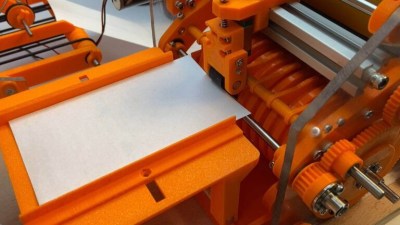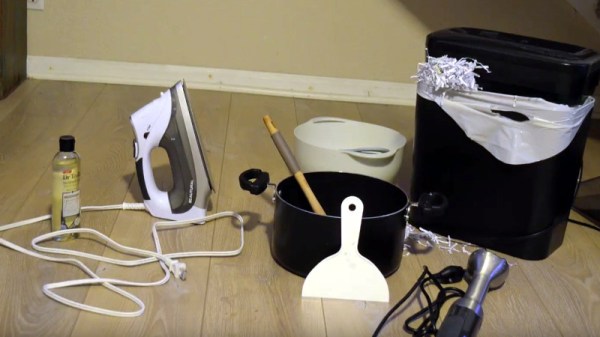What if you could design your 3D print to fall apart on purpose? That’s the curious promise of a new paper from CHI 2025, which brings a serious hacker vibe to the sustainability problem of multi-material 3D printing. Titled Enabling Recycling of Multi-Material 3D Printed Objects through Computational Design and Disassembly by Dissolution, it proposes a technique that lets complex prints disassemble themselves via water-soluble seams. Just a bit of H2O is needed, no drills or pliers.
At its core, this method builds dissolvable interfaces between materials like PLA and TPU using water-soluble PVA. Their algorithm auto-generates jointed seams (think shrink-wrap meets mushroom pegs) that don’t interfere with the part’s function. Once printed, the object behaves like any ordinary 3D creation. But at end-of-life, a water bath breaks it down into clean, separable materials, ready for recycling. That gives 90% material recovery, and over 50% reduction in carbon emissions.
This is the research – call it a very, very well documented hack – we need more of. It’s climate-conscious and machine-savvy. If you’re into computational fabrication or environmental tinkering, it’s worth your time. Hats off to [Wen, Bae, and Rivera] for turning what might otherwise be considered a failure into a feature.
Continue reading “Sustainable 3D Prints With Decomposable Filaments”




















